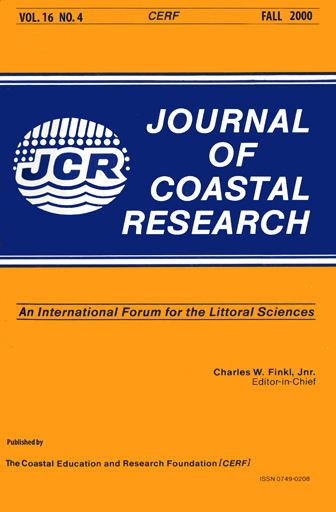Radiocarbon Dating the Artificially Contained Surfaces of the Rhone Deltaic Plain, Southern France
Keywords:
AMS dating, cores, dikes, floods, Holocene deltas, impounded surfaces, old carbon, overbank deposition, remobilization, sea-level rise, sediment storage, subsidenceAbstract
Surficial sediment surfaces of various world deltaic plains are commonly radiocarbon dated to over 2000 years before present (BP), rather than to a modern age. In the present investigation of the Rhone plain, southern France, surficial sediments that record anomalously old dates (to >4000 BP) occur preferentially on flooded surfaces where old carbon has accumulated. This old carbon is a component of recently eroded, fluvially-derived sediment that has been redeposited farther downvalley. In contrast, most radiocarbon-dated samples (plant and organic carbon) from artificially contained surfaces on the Rhone plain are of modern age. Modern radiocarbon dates prevail at artificially diked localities where (1) soil layers form on plain surfaces that are not periodically buried by flood deposits, and (2) accretion rates of recently deposited sediment incorporating reworked old carbon are minimal.
Modern radiocarbon dates obtained at the Rhone deltaic plain provide chronostratigraphic markers against which Holocene dates from subsurface strata can be compared and spurious dates eliminated. The presence of such dates at many sites also provides a means with which to measure recent movement of land surfaces relative to sea level. Reliable dating of surficial sediment on artificially contained surfaces is one of the critical measures needed to help plan realistic protection for lower-lying sectors of the Rhone delta in danger of inundation.


